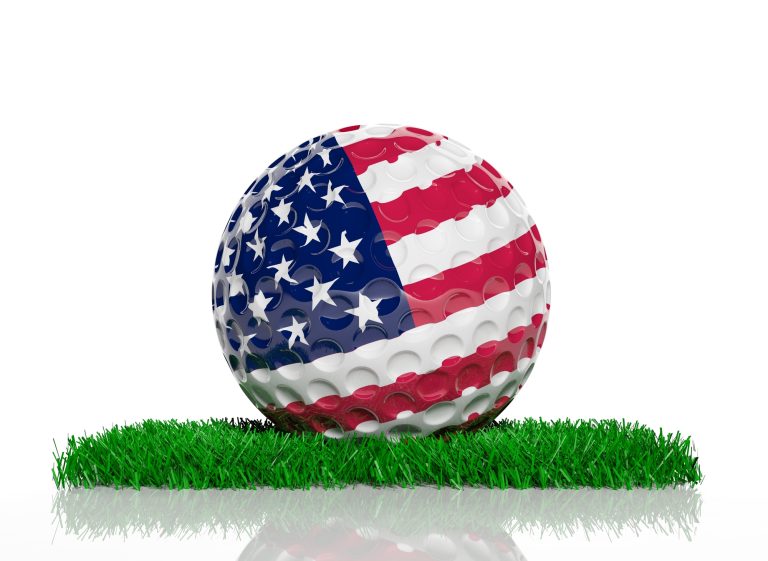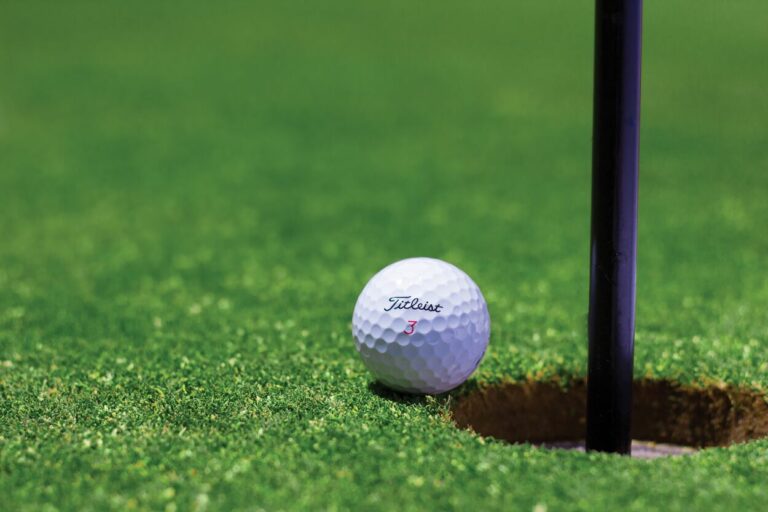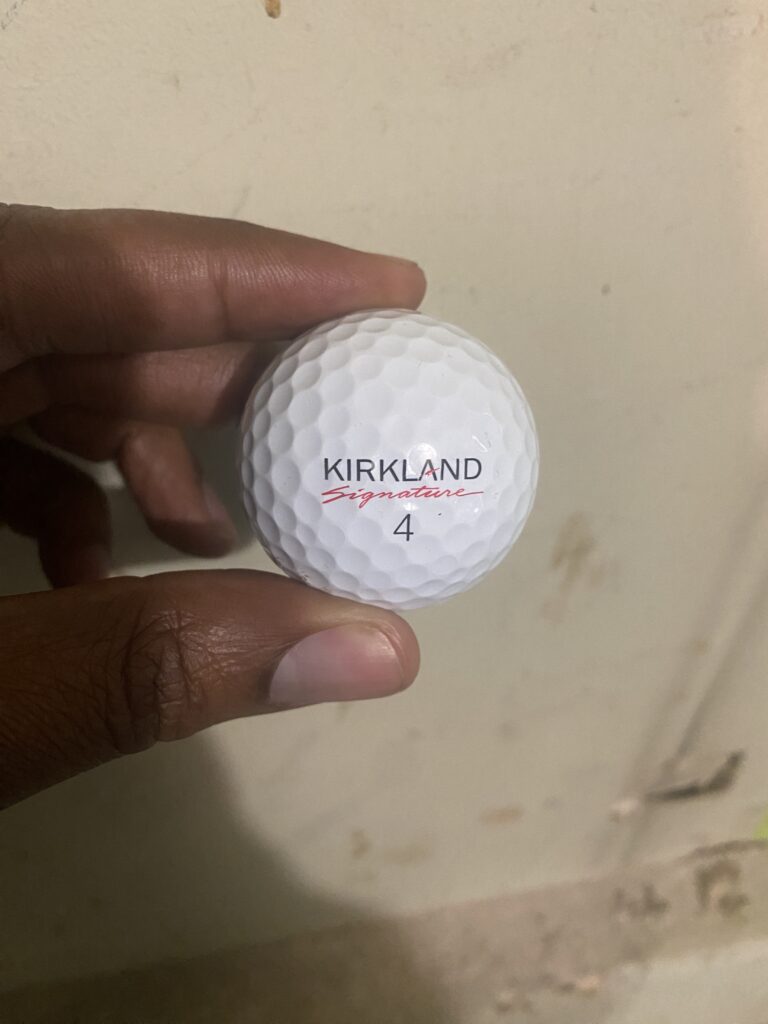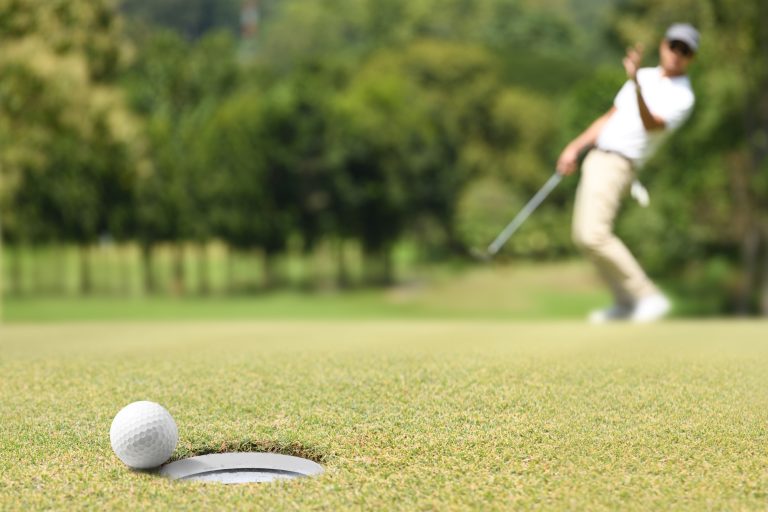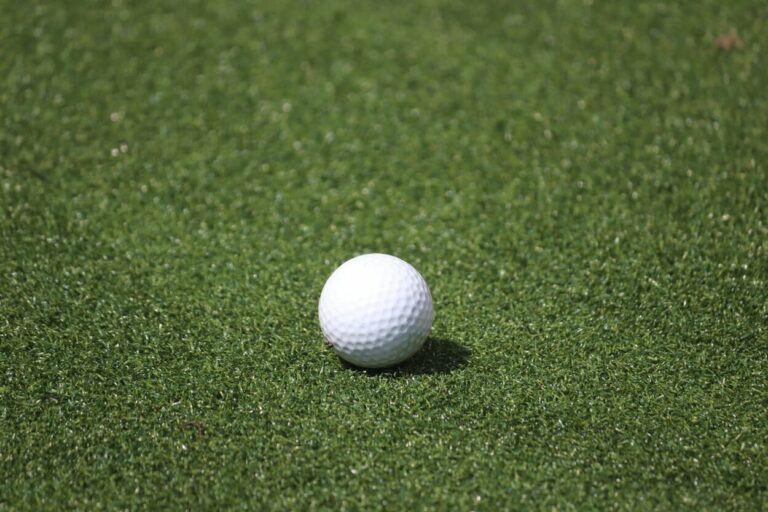Do Golf Balls Go Bad In Water? (Everything to Know)
Some of the best advice I ever got about golfing was not to see the hazards, especially the water. We would say, “What water…?” any time water was in play.
But it can be difficult to go to a golf course and not see a water hazard. Water is everywhere, and most golf courses will have at least one water hazard.
These water hazards cause balls to go for a dip and get wet far too often. This brings up whether golf balls can survive in water. Do golf balls go bad in water?
Typically, the outer shell of a golf ball does a great job of trying to keep out water. The materials of surlyn and urethane protect the inside of the ball. Over time, though, micro-cracks will appear. If these cracks/gaps have enough size to allow any particle of water in, they will penetrate inside the outer layer and make it into the inner layer, causing a soggy golf ball.
What does water do to a golf ball? What are some things you want to consider if you rescue your ball from the water or try to collect some golf balls from a body of water, thinking you are picking up your supply?
Let us explore this question in more detail to understand whether golf balls face any damage or danger from water or whether they can withstand exposure to some H2O.
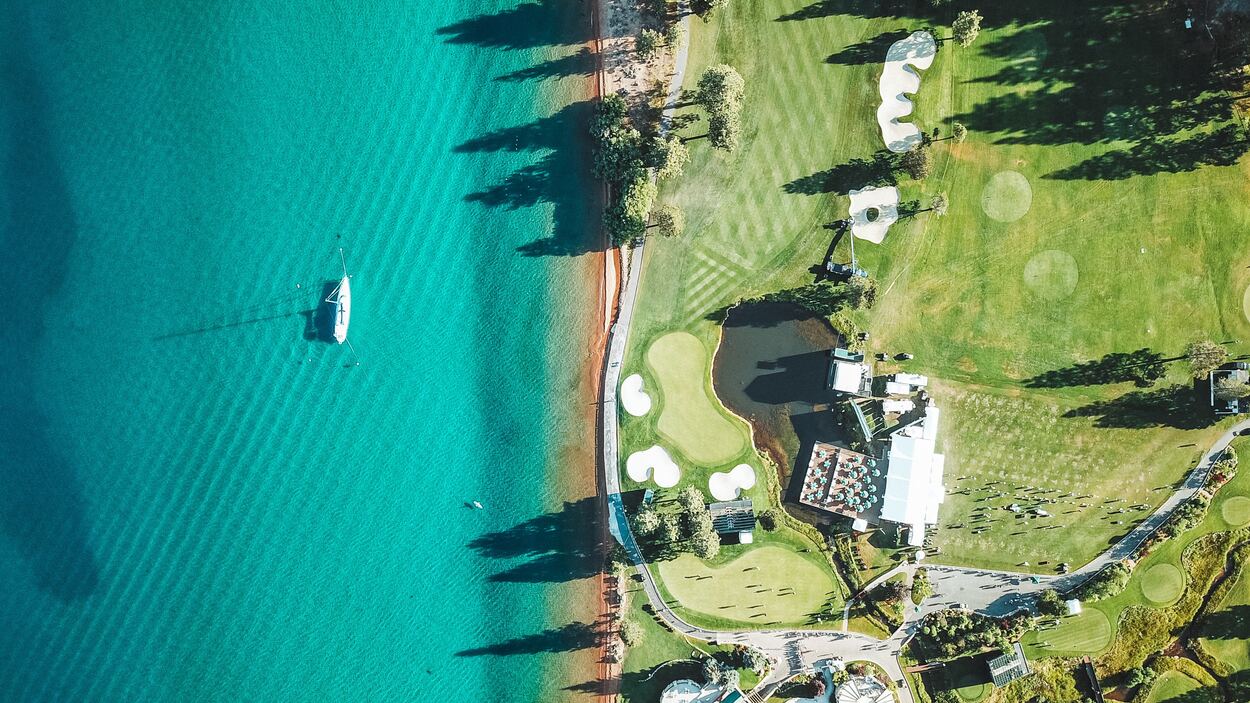
How long does it take to get waterlogged balls?
There is a lot of dispute regarding how long it takes for a golf ball to get waterlogged.
What we know, though, is that it will vary from one golf ball to the next. In addition, it is a very slow process. Very slow.
But part of this reason is the types of golf balls you have if you have a three-piece golf ball or a two-piece golf ball.
A three-piece golf ball will last a little longer underwater than a two-piece before incurring water damage.
A golf ball will take far more than just a few minutes in the water to get fully waterlogged.
Studies have found that it will take far more than just a month in order to make the ball see any impact.
More than five months is usually enough for the golf ball to get waterlogged fully.
Anytime less than that, you could pull a ball out of a lake and have it be perfectly useable.

of Callaway ERC Triple
Track Golf Balls for
yourself or your buddy!
Are lake balls any good?
Lake balls are tempting.
Ever look in a lake at a golf course and see how many balls are just sitting in there? Getting the idea to fish out a bunch of golf balls and build up your supply can be easy.
What exactly are you gaining, though? What is the state of these golf balls? Are they any good?
Lake balls will be of varying levels of quality. It depends on the ball’s age and the time it has been submerged under the water.
If a brand-new golf ball ends up in a lake, it will withstand the submerged state for a long time. A more worn-out ball cannot do so well.
Lake balls can be good or bad, and it is up to you to inspect them.
The general rule of thumb is that more likely, the balls will be waterlogged and, thus, should be thrown away.
The balls could be used, though, if they are still high-quality.
How to know if your golf ball is bad?
| Visible Cracks |
| Light to Visible Cuts Up Close |
| Present Discoloration |
| Dents |
| Odd Flight with Your Usual Swing |
| Color Easily Fades |
| Size Is Not the Standard |

and apparel.
gear, accessories and apparel. (affiliate link)
Does it make a difference for a beginner to use lake golf balls?
A beginner player could do perfectly with lake balls out of the gate. Research has been done on golf balls that have spent much time at the bottom of a pond.
Studies and research have found varying levels of performance impact because of being under the water.
Beginners want to hit golf balls, regardless of whether they are recycled balls or not. Making solid contact should be the primary concern, not carrying distance and yards.
They are not expecting a hole-in-one and precision. For a beginner who is just trying to get their comfort level up on a golf course, it may be perfectly fine to use a lake ball.
One of the best purchases I have ever made was a golf ball retriever. I found the occasional wet golf ball and added it to my collection.
It’s beneficial when I have a ball that I do not care where it lands when I may be testing something in a live round of golf.
The distance the ball will probably travel for a beginner will be the same whether it is a new ball or it has been under the lake.
Golf Ball Construction
So what is the make-up of a golf ball? If you hold a golf ball in your hand, can you understand its construction of it? Think about the durability of the golf ball.
By design, they are meant to take a whacking from some serious clubs one hole to the next. If you do not lose the golf ball, you could use the same ball for multiple rounds of golf. So how are they made?
Golf balls consist of multiple layers of construction.
Usually, a modern golf ball will have at least two, if not three or four, layers. Core technology components also live on the inside of all those layers. The most important part of a golf ball, though, is the outer additional layer.
Do you want to know Which Golf Balls Are Made In The USA? Click the highlighted text.
The golf ball cover is usually urethane or surlyn. These urethane covers protect the inner layers from water and other elements.
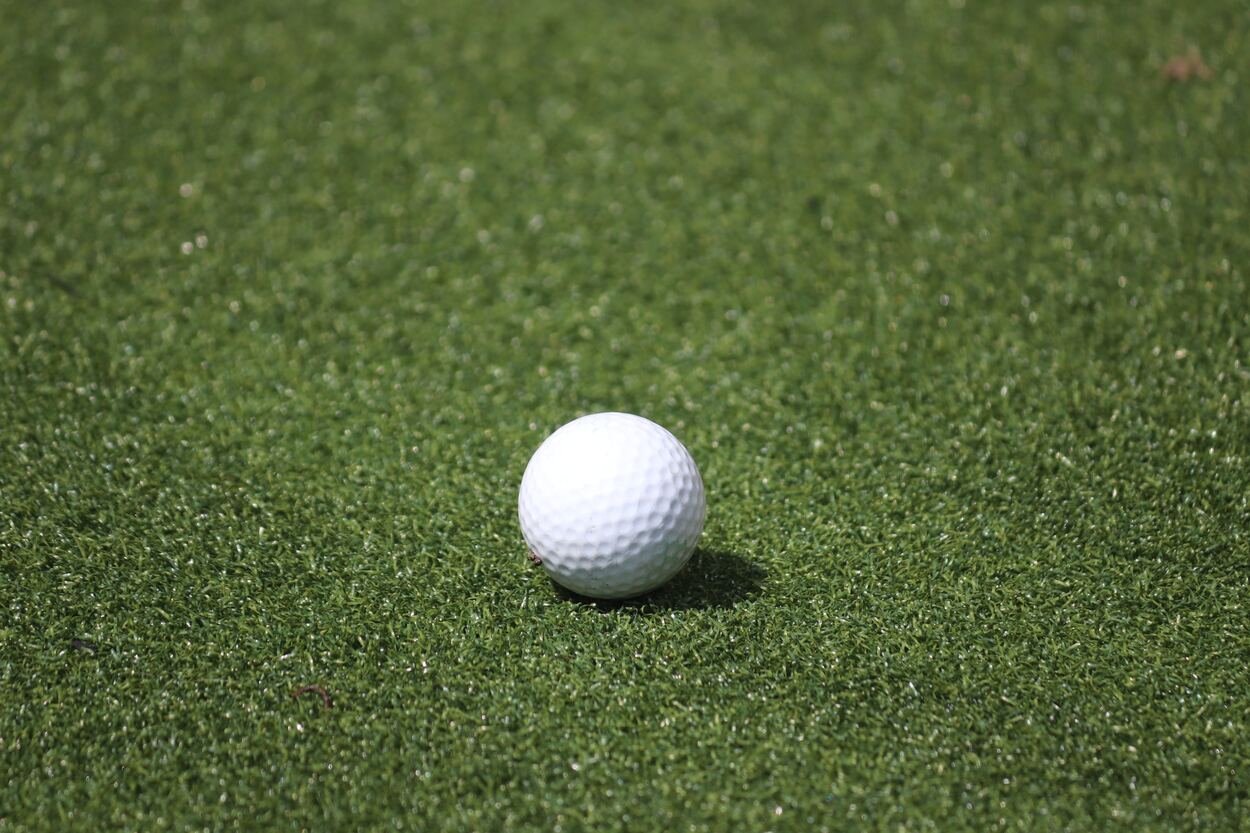
Does water damage golf balls?
Final Thoughts
Golf balls can stay in the water for quite a while before they ever become waterlogged. But the problem is, we likely have no idea how long balls we find in the water.
So you take your golfing life into your own hands when you use a ball that may or may not be waterlogged.
What I like to do is balls that may have come into contact with water over a long period of time. I keep those separate as “throwaway” balls. Balls are expensive, and we have to be careful since they cost so much for no real reason other than we love an expensive sport.
Read more here: Why Do Golf Balls Break Towards Water? (Explained)


